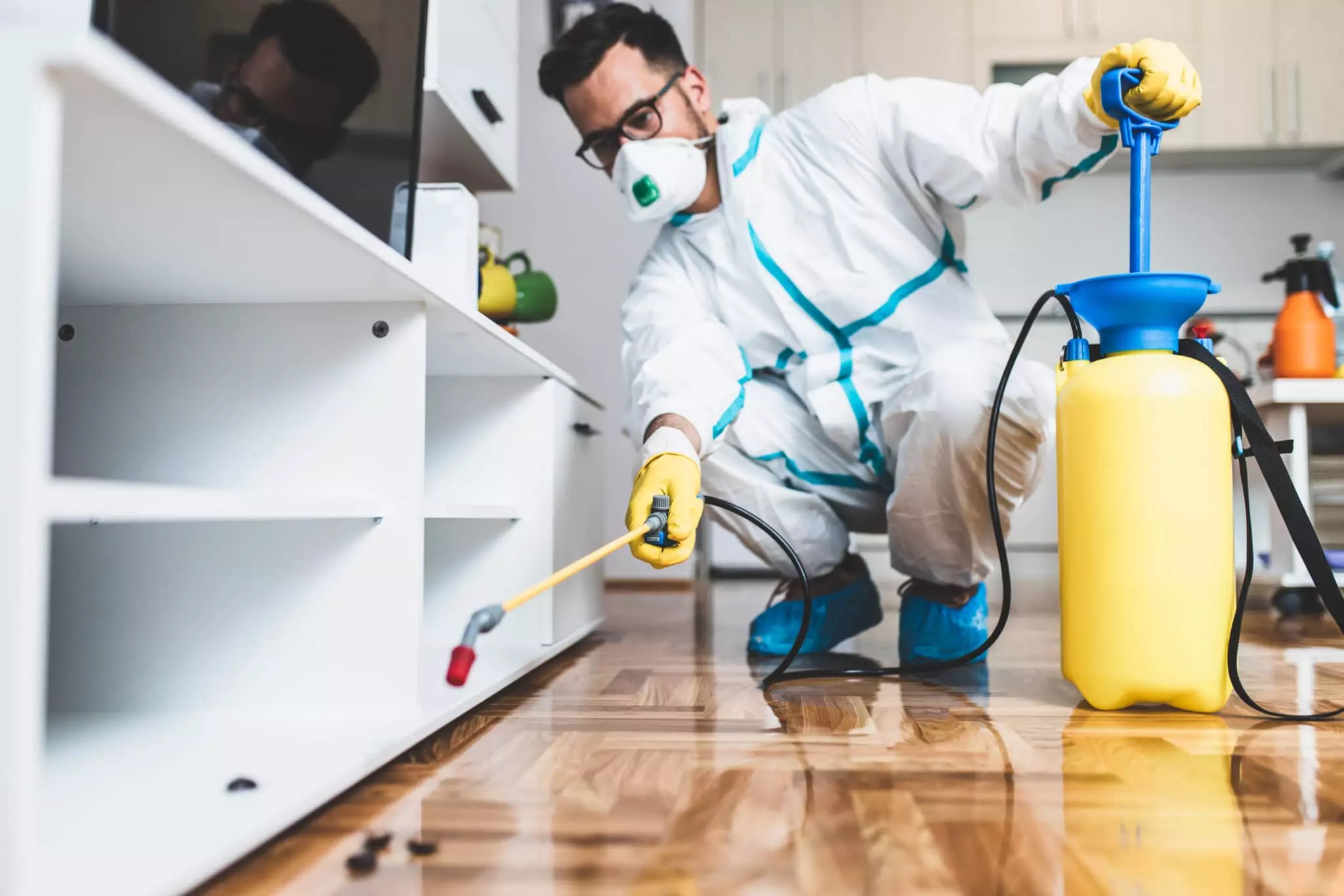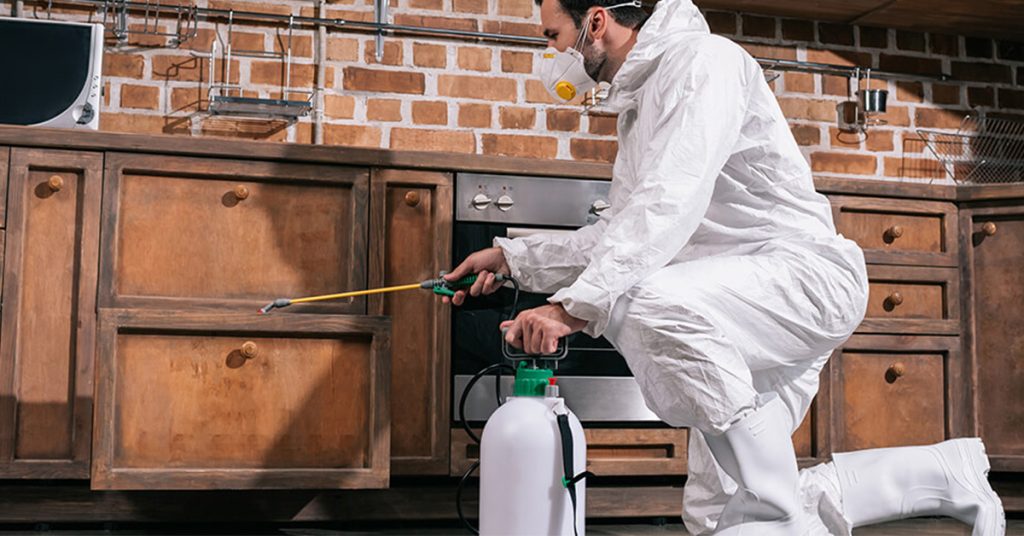Discovering Invasion and Treatment Methods in the World of Pest Control
The landscape of parasite control includes a myriad of obstacles, especially as infestations of typical household bugs continue to advance. Comprehending the actions and reproductive patterns of these problems is crucial for establishing effective treatment strategies. By integrating preventative steps with innovative management methods, such as Integrated Pest Administration (IPM), homeowners can better guard their environments. Nevertheless, the performance of these methods might differ significantly based on details circumstances. What underlying aspects add to the success or failure of these techniques in various setups?

Typical House Pests
When it pertains to handling our space, comprehending typical family bugs is crucial. These pests not only disrupt our convenience yet can also pose health risks and damages residential or commercial property. The most prevalent household pests consist of ants, roaches, rats, termites, and bed insects.
Ants, commonly seen foraging in kitchen areas, can pollute food and establish large colonies. Roaches, known for their resilience, can trigger allergic reactions and spread virus. Rodents, including computer mice and rats, can create architectural damage and carry conditions like hantavirus and salmonella. Termites, usually described as "silent destroyers," can compromise the honesty of wooden structures, leading to pricey repair services. Bed bugs, although not disease service providers, can trigger considerable discomfort via their bites and lead to emotional distress.
Acknowledging the signs of these bugs, such as droppings, nests, or bite marks, is crucial for early treatment (Pest Control Lockhart). Correct hygiene practices, sealing access points, and keeping a clutter-free environment are reliable preventative steps. By recognizing these typical household bugs and understanding their habits, homeowners can take positive actions to reduce infestations, making certain a healthier living setting
Comprehending Pest Infestations
Pest infestations can escalate quickly, turning a small aggravation right into a significant trouble otherwise dealt with without delay. Recognizing the nature of these problems is essential for effective management. Bugs can invade property and industrial spaces for various reasons, consisting of the search for food, sanctuary, or reproducing grounds. Usual elements contributing to infestations consist of inadequate hygiene, architectural susceptabilities, and seasonal modifications that drive bugs indoors.
Recognizing the kind of insect is necessary, as various types show different behaviors and reproductive prices. As an example, rodents may establish nests in surprise areas while bugs like cockroaches prosper in moist settings. Early detection usually pivots on identifying indications such as droppings, chomp marks, or unusual audios, which can suggest a trouble prior to it ends up being extreme.
Environmental problems also play a vital role in insect expansion. Cozy, moist climates can help with the quick growth of parasite populaces, while adjustments in landscaping or building can inadvertently produce favorable atmospheres. As a result, regular inspections and preventative measures are paramount to minimizing the threat of problems. An educated strategy to recognizing these dynamics prepares for effective insect management methods in the future.
Therapy Methods and Methods
Efficient therapy approaches and techniques are essential for reducing bug problems and recovering a safe environment. A diverse technique is usually best, incorporating chemical, biological, and mechanical techniques tailored to the particular bug and the intensity of the problem.
Chemical therapies consist of using pesticides and herbicides, which can effectively eliminate insects. Nevertheless, appropriate application and adherence to security guidelines are important to lessen dangers to people and non-target organisms. Integrated Insect Monitoring (IPM) urges the sensible usage of chemicals as a last option, depending instead on monitoring and limit degrees to figure out intervention needs.
Organic control methods entail introducing all-natural killers or parasites to minimize insect populaces. This technique is increasingly preferred, especially in farming settings, as it advertises environmental sustainability.
Mechanical methods, Full Article such as catches and barriers, give instant alleviation from insects without presenting chemicals. Choices consist of sticky traps for pests or physical barriers for rats.
Ultimately, the option of therapy technique should take into consideration the particular pest, the atmosphere, and potential effect on human wellness and ecosystems. A balanced mix of these strategies can properly manage problems while promoting lasting parasite control solutions.
Preventative Actions for Homes
Proactively dealing with parasite concerns prior to they intensify is essential for preserving a healthy and balanced home atmosphere (Pest Control Lockhart). Implementing reliable safety nets can substantially minimize the possibility of problems, ultimately safeguarding both your property and wellness

Appropriate landscaping likewise plays a vital function in prevention. Keeping shrubs and trees trimmed away from your home lowers the opportunities of parasites discovering their method inside your home. Additionally, ensure that drainage systems are operating successfully to avoid standing water, which can pull in mosquitoes and various other bugs.
Lastly, routine assessments are recommended. Routinely looking for indicators of insect activity enables early treatment. By embracing these preventive actions, house owners can create a setting that is less friendly to insects, thereby boosting their overall lifestyle and decreasing the demand for comprehensive pest control treatments.
Commercial Bug Control Strategies
A detailed approach to industrial pest control is necessary for companies intending to maintain a risk-free and sanitary environment. Reliable strategies include a mix of regular assessments, staff member training, and the implementation of Integrated Bug Management (IPM) methods.
Routine inspections allow very early discovery of pest activity, permitting for timely treatment. Services should establish a routine timetable for these assessments, concentrating on high-risk locations see post such as cooking areas, storeroom, and garbage disposal sites. Staff member training is similarly critical; personnel should be informed on the indications of parasite problems and the importance of reporting them right away.
Carrying out IPM techniques aids mitigate pest issues sustainably. This includes habitat modification, such as sealing entry points and decreasing clutter, in addition to utilizing natural deterrents before resorting to chemical treatments.

Furthermore, collaborating with a certified insect control company makes sure access to professional knowledge and advanced treatment alternatives. This collaboration can cause personalized insect control prepares tailored to the specific demands of the organization, lessening dangers and improving overall efficiency. Inevitably, a positive and informed approach cultivates a pest-free atmosphere, protecting both public health and organization online reputation.
Final Thought
In conclusion, efficient parasite control necessitates an extensive understanding of common family parasites and their habits, paired with targeted therapy methods. Carrying out preventive steps along with therapy approaches such as Integrated Bug Administration and organic control boosts the capability to mitigate infestations.
Comments on “Cost-Effective and Dependable Services by Pest Control Lockhart”